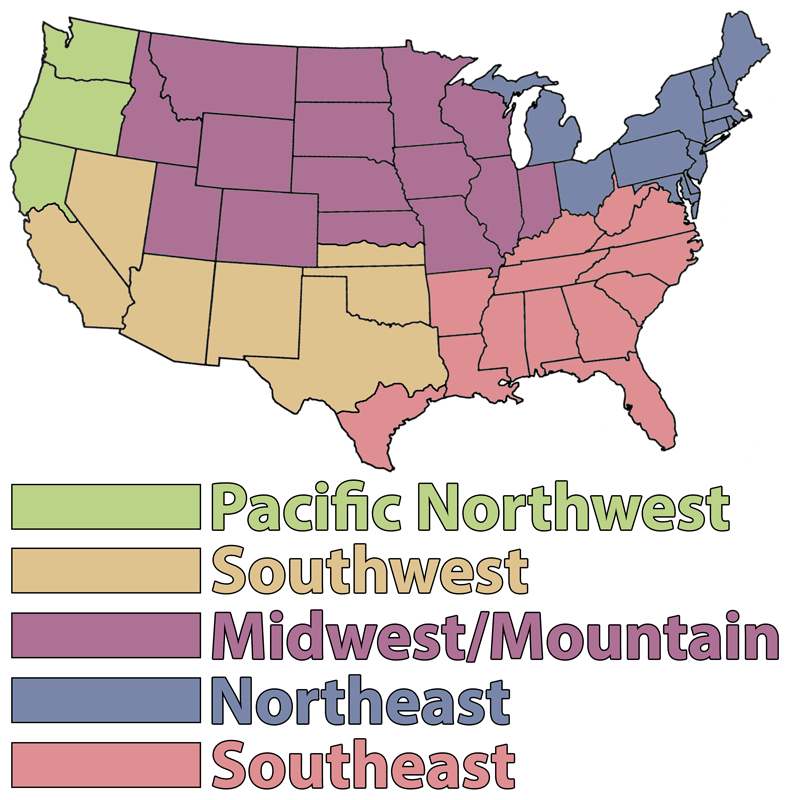Feed your roses at midmonth to encourage more flowering.
Gardening "To Do" Tips by Month for Gabbs, NV
Water your containers twice a day. Apply a slow-release fertilizer.
The best time to do gardening chores is in the early morning or late in the day after supper; that way, you can avoid the heat of the day.
If white crust develops in containers, it’s salt buildup; remove and water heavily to flush out salts.
Finish pruning spring-flowering shrubs by midmonth.
Garlic and onions are ready when their tops start to bend over. Remove their tops after they’ve dried for a couple of weeks and store in a cool place.
Be alert for summer drought conditions. Be sure to water your flower beds and vegetable gardens deeply two to three times a week.
Mulching is an important job to keep up with in July. Organic mulches break down over time, so be sure to check the mulch around your plants. Keep a 3- to 4-inch layer of mulch around your plants to retain moisture. Also keep a thick layer of mulch around the roots of trees and shrubs.
During these warmer months, raise the mowing height to 2.5 to 3 inches. Water your lawn with 1 inch of water per week to ensure healthy growth.
Harvest vegetables and fruits regularly to keep your garden productive.
Plant transplants of tomatoes, eggplants, and peppers. You can also start seeding lima beans, pumpkins, and squash.
Late this month, plant iris and daylilies. Prepare soil now for fall planting.
Dig up and divide crowded spring-blooming bulbs whenever they are dormant.
Generally, trees and shrubs need deep watering with a hose every 10 to 14 days to a depth of 3 inches at the roots. Do not fertilize.
Stop fertilizing trees and shrubs so that they can start preparing for winter dormancy.
Remove any faded or dead flowers to encourage new growth.
Remove annual flowers that have finished flowering.

